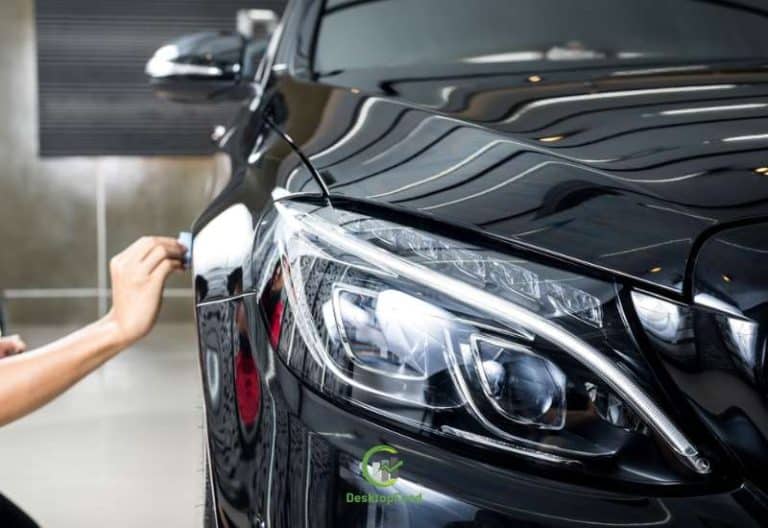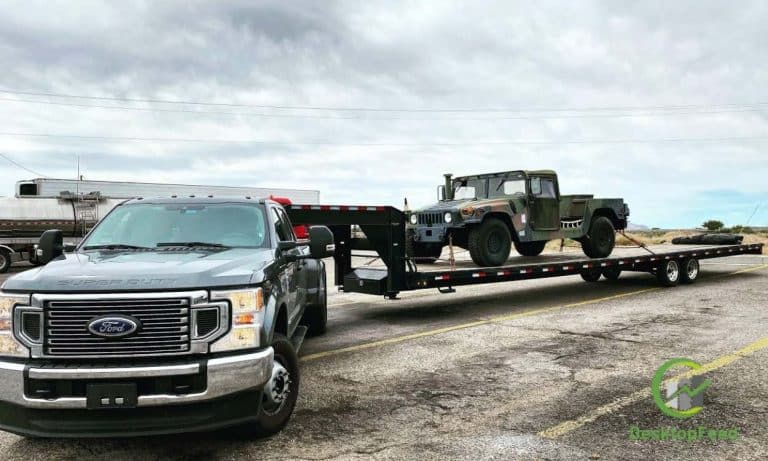How to Get a Loaner Car From Dealership

Loaner Car From Dealership: How does a dealership get a customer to accept a loaner car? The dealership will ask you for several details before they issue the loaner car to you. These details include: your name, address, driver’s license and insurance information. Upon approval, the dealership will give you the key to the loaner car. You may need to pay the insurance premium for the loaner car if you don’t have the money to pay the monthly fee.
How to get a loaner car from dealership?
In any case, if your car requires overnight repairs, this method will allow you to temporarily solve your transportation problems, which will benefit dealership customers and may even convince you to buy it. Because dealerships don’t usually register rental cars as demo or program cars, they are new.
Loaning a vehicle while your vehicle is in the shop is subject to many conditions, including
- Car manufacturer
- Your guarantee
- Your car insurance
- Dealer Policy
Cost of fuel for loaner car
The cost of fuel for a loaner car from a dealership is one of the biggest items on a dealership’s profit and loss statement. Reducing this cost is crucial because the dealership is missing thousands of dollars in revenue each month. The good news is that this expense is easier to recover than it seems. There are a few simple steps that a dealership can take to reduce these costs. Listed below are some ideas.
One company was losing $14,000 in fuel and $2,500 a month from a loaner fleet. The problem was exacerbated by the fact that two clerks were manually reconciling repairs, tolls, and fuel costs for each loaner vehicle. The dealership began utilizing telematics to optimize fleet management. Its telematics solution shortened the repayment cycle, improved the loaner vehicle’s “uptime,” and assessed toll fees and violations.
Another important step is implementing a good tracking system for the service loaner program. In addition to tracking the cost of fuel, dealership managers should also collect data on the model and make of the loaner vehicles. Manufacturer guidelines dictate the parameters of the program. Management should also monitor the mix of loaner vehicles. If the mix is not optimal, the loaners could be aged and undervalued. That will lower gross margins.
Age limit for loaner car customer
The age limit for a loaner car customer from a dealership is typically twenty-five years old. The age of the primary driver of the car is also up to the dealership. In most cases, a loaner car will not be available to people over the age of 65, although this is usually not the case. Loaner cars from dealerships will be available to you for thirty days in a given year, but it is important to remember that these vehicles may not be the model of the car you are in the market for.
Before applying for a loaner car, make sure you have all of your paperwork in order to be considered eligible for a loan. Depending on the dealership, you may need to submit your driver’s license, proof of insurance, vehicle registration, and any other documents they require. Once you have provided all of your documentation, the dealership should issue you the car. The dealership will then give you the key to the car. “loaner car from dealership”
Another issue with age is that young drivers are usually more expensive to insure than their older counterparts, and insurance companies often do not cover underage drivers. BMW dealerships are notorious for this practice, and the problem is not just a BMW issue. In fact, the age limit for a loaner car customer from a dealership is actually higher for drivers under 25. Young drivers often face a higher rate for insurance, and they are also more likely to get into an accident.
Another common problem with age is that young drivers are not eligible for many of the classy cars and vehicles available for rent. Depending on the company, you may not be able to rent a performance or luxury car for underage drivers. This can be a problem if you are a young adult without an income, and you may not have the money to buy such a car. There are ways around these restrictions, however.
Insurance requirements for loaner car
If you’re planning on borrowing a car from a dealership, you should understand what your insurance requirements are. If you don’t own the car, you’re covered as a non-owner. You can also include a courtesy car on your insurance policy if you’d like. The insurance company will pay for the car, but they also have specific age restrictions. This is because loaner cars are designated to be temporary replacements.
The terms of the loaner car agreement determine how much the dealership will pay, as well as who pays for third-party damages, injuries, and collisions involving the loaner car. In addition, the insurance company will determine if the dealership has primary coverage or additional excess insurance for loaner cars. It’s important to read your policy carefully to understand the exact details and nuances. You’ll be glad you did.
To receive a loaner car, customers must present a valid driver’s license, credit card, and insurance coverage. It’s important to remember that the customer will be responsible for any damage to the car or the other driver’s vehicle. However, if an accident does occur, it is your responsibility to report it to your insurance company. A lot of people don’t want to risk their safety or that of others, so they’re also covered by insurance. “loaner car from dealership”
Many dealerships also provide a loaner car for free, as long as the car is safe to drive and has low mileage. In addition to these benefits, loaner cars also offer rebates and motor vehicle warranties. They also come with all the latest technological features and aesthetics. Of course, there are also some disadvantages to loaner cars. If you are going to use one, make sure it’s the right car.
Before you purchase a loaner car from a dealership, it’s important to consider what kind of insurance is required. While a loaner car from a dealership is a temporary replacement vehicle, you should be aware of the insurance requirements. Some dealerships have fleets of loaner cars that are insured under a full coverage auto insurance policy. These cars should be covered for accidents, so you should look into your policy for details before you buy.
When you borrow a car from a dealership, your personal auto insurance should transfer to the new car. Be sure to check the deductibles and limits of your insurance policy, and be aware that the loaner car may not have comprehensive or collision coverage. This means you’ll be responsible for paying for the repairs in the event of an accident. You should also be prepared to purchase uninsured motorist coverage if necessary.
If you’re in need of a new car, the dealership may offer you a loaner car for a limited period of time while it’s being repaired. You should also check if your dealership offers this service, and confirm the prerequisites before submitting your application. This way, you can ensure your car is safe for the time it’s needed. A loaner car is a valuable asset, so it’s vital to get it covered.
Who has to pay for a Loaner Car Accident?
The cost of a borrower’s car accident may vary depending on the terms of the contract and applicable insurance requirements. If there is a collision and you are the victim, you can claim compensation from the perpetrator. If you are involved in an accident, damage to the lender’s car is covered by your insurance.
The dealer may also provide basic or additional coverage while you own the vehicle, depending on the terms of your contract. Dealer insurance can cover your rental car if it causes property damage, injury or death to another person.
Youtube video about How to Get a Loaner Car From Dealership
For More Articles Visit: Desktopfeed




